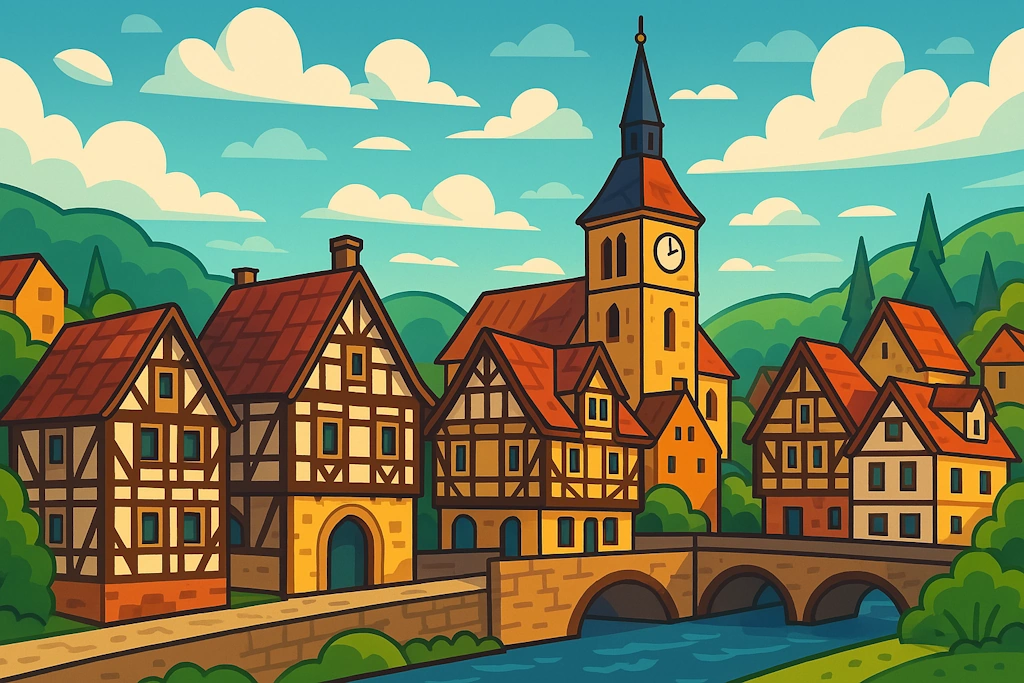🏰German Cities Names(Existing)
Generate traditional German city names with rich historical significance and Germanic linguistic heritage.
Choose your style:

German Cities Names
Generate traditional German city names with rich historical significance and Germanic linguistic heritage.
Example German Cities Names
Get inspired by these sample results
- Heidelberg
- Rothenburg
- Lübeck
- Freiburg
- Würzburg
- Regensburg
- Augsburg
- Marburg
- Nürnberg
- Tübingen


